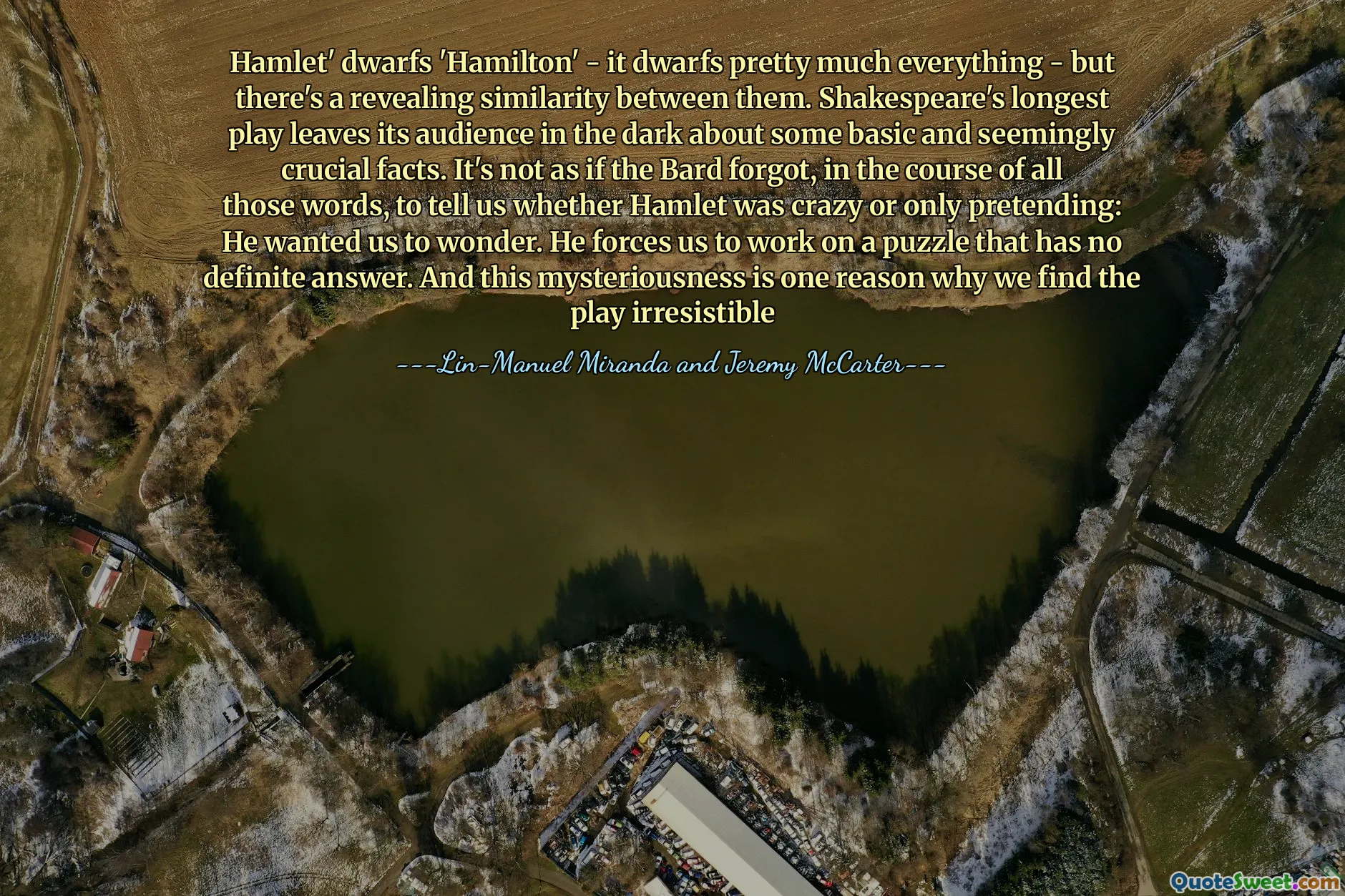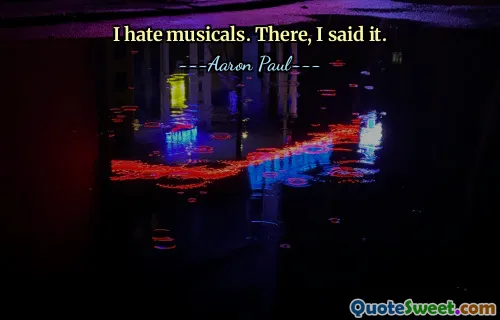
Hamlet' dwarfs 'Hamilton' - it dwarfs pretty much everything - but there's a revealing similarity between them. Shakespeare's longest play leaves its audience in the dark about some basic and seemingly crucial facts. It's not as if the Bard forgot, in the course of all those words, to tell us whether Hamlet was crazy or only pretending: He wanted us to wonder. He forces us to work on a puzzle that has no definite answer. And this mysteriousness is one reason why we find the play irresistible
"Hamlet" is a colossal work that surpasses many other plays, including "Hamilton." Despite their differences in style and era, both pieces share an intriguing similarity: they leave audiences pondering crucial elements of the story. Shakespeare deliberately creates ambiguity around Hamlet's madness, prompting viewers to engage with the play's deeper meanings and unresolved questions.
This uncertainty is a significant reason for the enduring appeal of "Hamlet." The complexity of its characters and the lack of straightforward answers invite audiences to piece together the narrative, making it an intellectual puzzle. This engaging ambiguity mirrors the thoughtful artistry found in "Hamilton," showcasing how both works compel audiences to explore their themes beyond surface-level interpretation.







